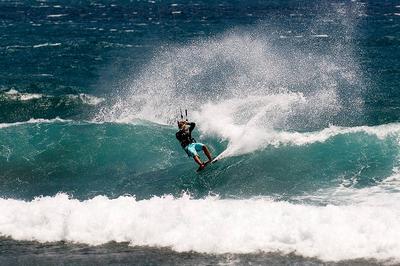
Kite Surfing – How to Choose Wet Suit
Wet suits help surfers to feel comfort at any water temperatures. It protects from hazards, cold and helps surfer to do better. Cold water is defined if the temperature is below 65 degrees. Wet suit is full suit to cover total body from ankles to writs, with a thickness of 2 to 3mm. It keeps your body warm which is possible because of the layer of water existing between your body and the suit. This water acts as an insulator and keeps the body temperature at the same level irrespective of outside temperatures.
Wet suit should be neither tight to prevent movements not lose to hang uselessly. Therefore, before buying wetsuit one should have complete knowledge about it. Whenever you want to buy wet suit go to surfing store and purchase it. You do not find these sports items other than respective stores. Know about the brands. Do not carry away by expensive brands. Surf the internet to get best deals and know about best brands. If you are not aware, it is advised to ask the one who knows it better. Your wet suit should fit your body comfortably and it should be tight enough preventing water flushing. So first, try the suit before buying it.

Kite Surfing – How to Choose Wet Suit










